Selling Houses Australia’s landscape guru Dennis Scott’s game plan to tackle a midlife garden meltdown
He’s played 100+ NRL games for Brisbane, Canterbury and the Storm but Dennis Scott’s hardest challenge has been seeing off a midlife garden meltdown. Check out his four-step game plan.
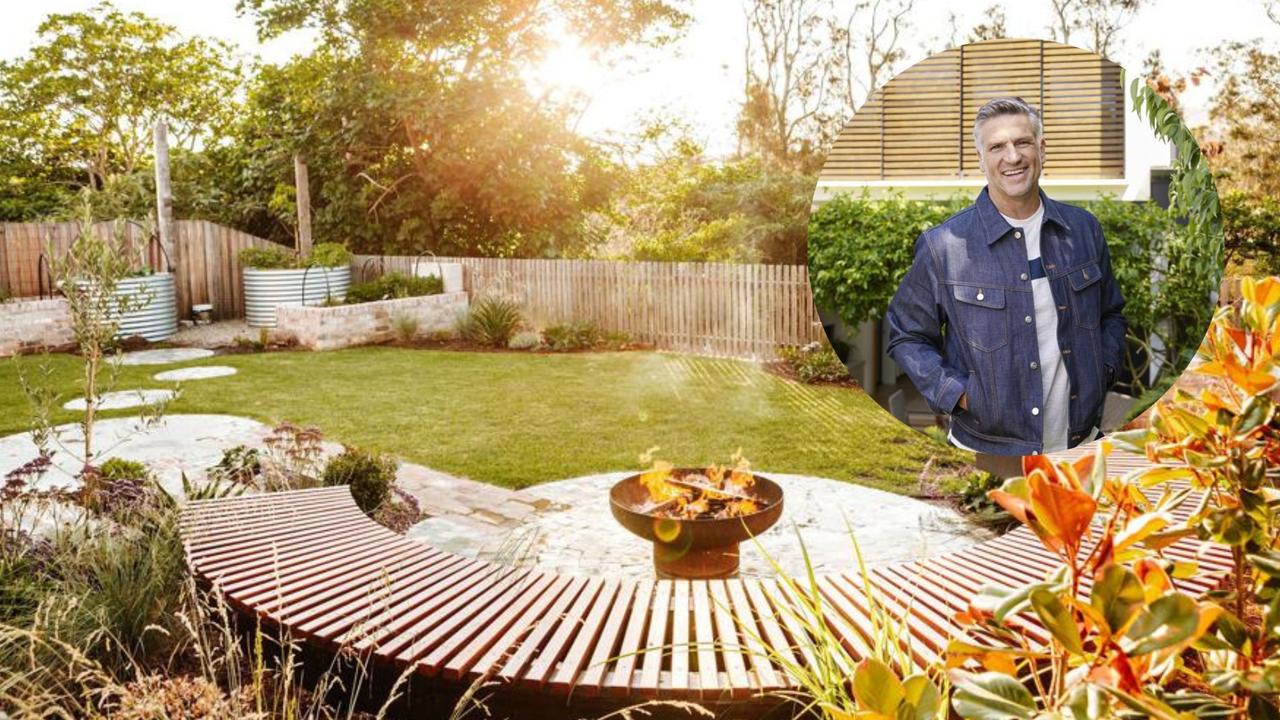
This one is personal! This topic is right in my wheelhouse and something I essentially struggle with daily. Our lives are busy and sadly, the garden is the first place affected by the rush of kids getting to sport, school, parties – the list goes on. Slowly the weeds creep in, the lack of watering shows, the lush green lawn starts showing signs of dryness and the invasion of grubs and pests starts taking hold. Sound familiar?
Thankfully the embarrassment on my face can’t be seen as this has certainly been me – but no more. I’m here to help with lessons I have learnt and put into practice on Selling Houses Australia.
Here are my top tips for taking back control of your garden so there is one less thing causing you a midlife meltdown.
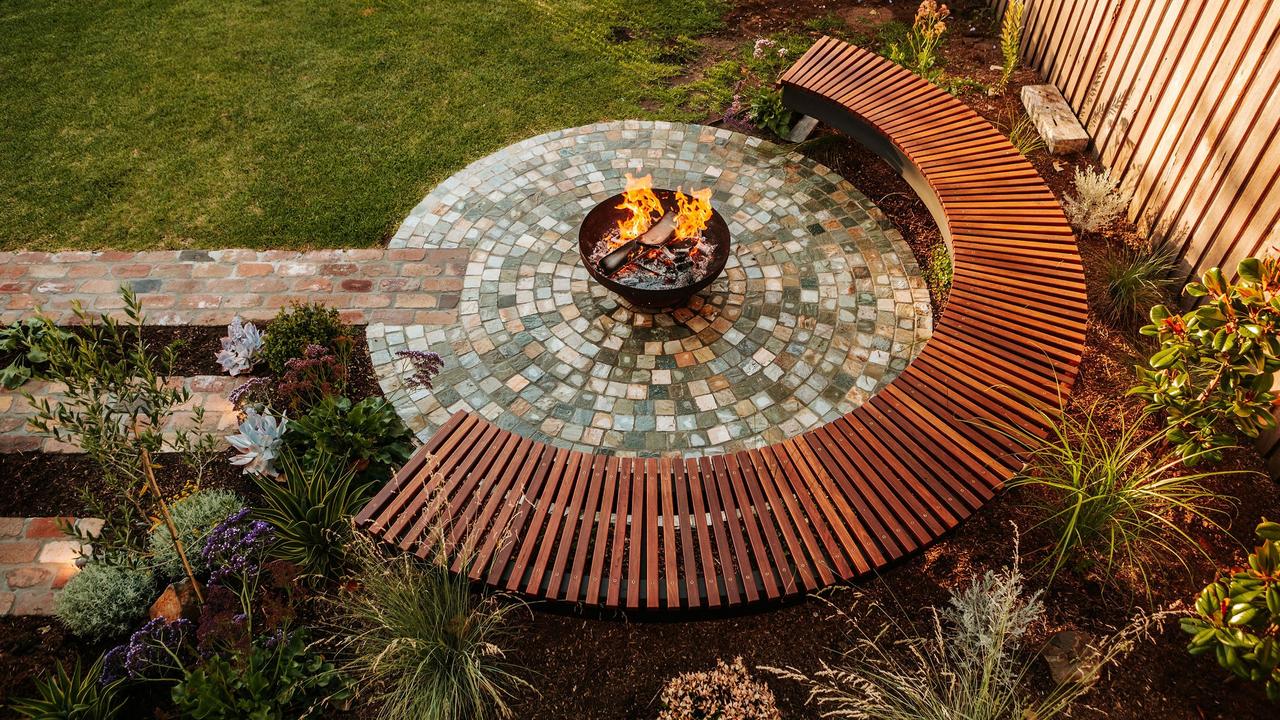
Get the design right
Your garden’s design is the most important factor when you start, because the garden you want now won’t necessarily suit your needs in 10-15 years’ time. This doesn’t mean a boring, bland garden that can’t evolve. If we embrace and accept change rather than fear it, your garden will thank you with bigger, brighter flushes of new growth and have you smiling again with the joy of the outside world.
Get the design stage wrong and you will chase your tail for years. Design your garden with longevity in mind: will it look good and provide form and function for your family in years to come? We have to find a balance with our garden’s design. Find a mixture of species to be planted that will look as good and better in the years to come. Unlike bathrooms and kitchens, your garden design can last a lifetime if done correctly.
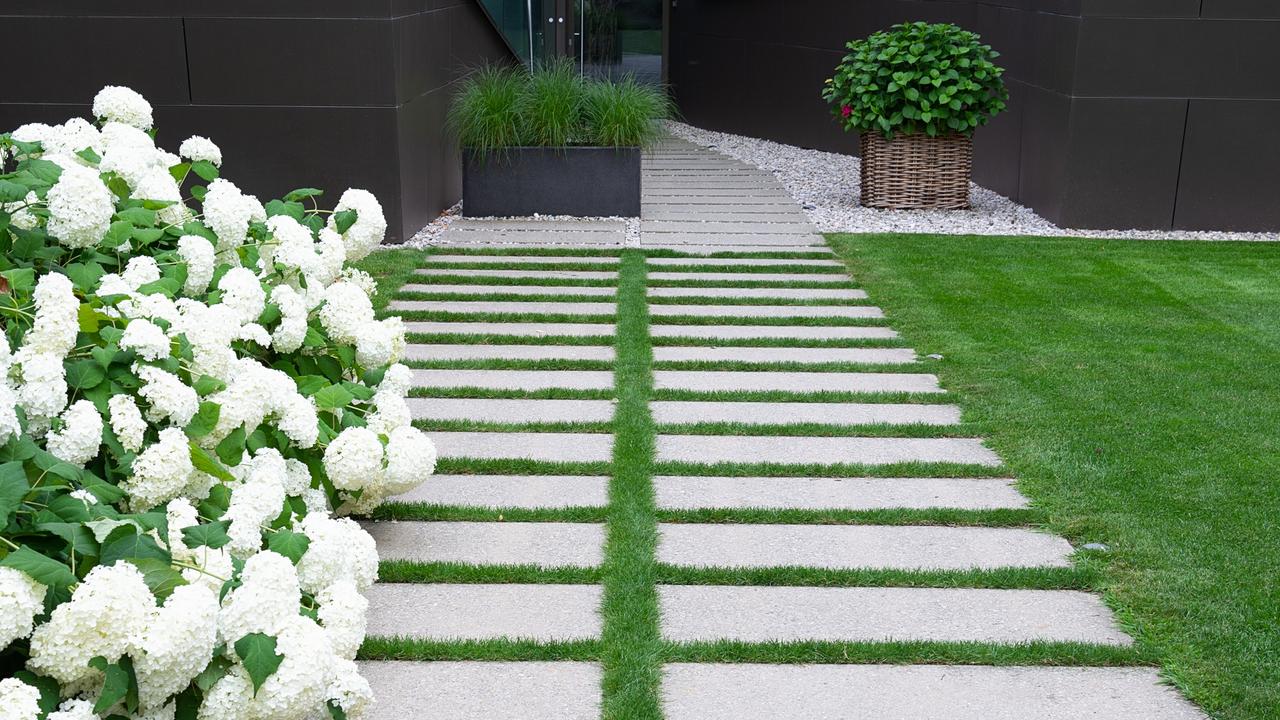
Do it once, do it well
Your garden is an investment. Get the foundation right and build upon that as your family grows. Things like retaining walls can double up as informal seating. Ensure paths are wide enough for two people walking side-by-side. Don’t block access to areas you may need in the future. This doesn’t mean you don’t have trampolines and play equipment, only that you need to consider their location and what happens in future when they go. Is it the right space for a pool or outdoor barbecue area? Thinking ahead now will save money in the future.
Outdoor spaces add value to our properties. The simple sandpit is the ultimate transformer. It can become a raised vegetable patch and later a fire pit zone. With three uses in the right location, your whole family is served for a lifetime.
In real estate the catchcry is location, location, location but the catchcry with landscape design is planning, planning, planning.
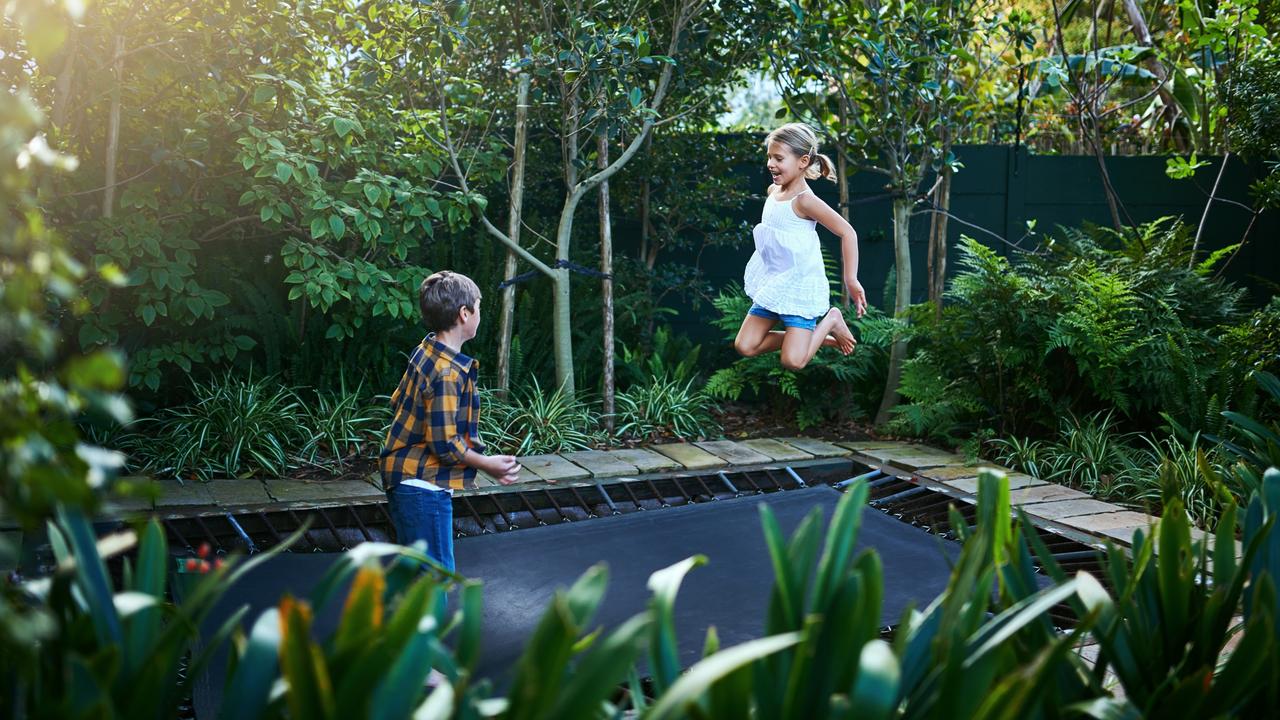
Future proof plants
During the design phase we establish the style and layout. Then we consider what plants enhance these factors, how they help define your areas and if they will age gracefully with your lifestyle.
The catalogue of available plants is endless. We need hardy ones: drought tolerant, effective and reliable performers. These plants help create the backbone for your future-proof, easy-care garden. By selecting reliable plants, helping create form and style, it allows the homeowner to substitute in selections that give them colour and joy.
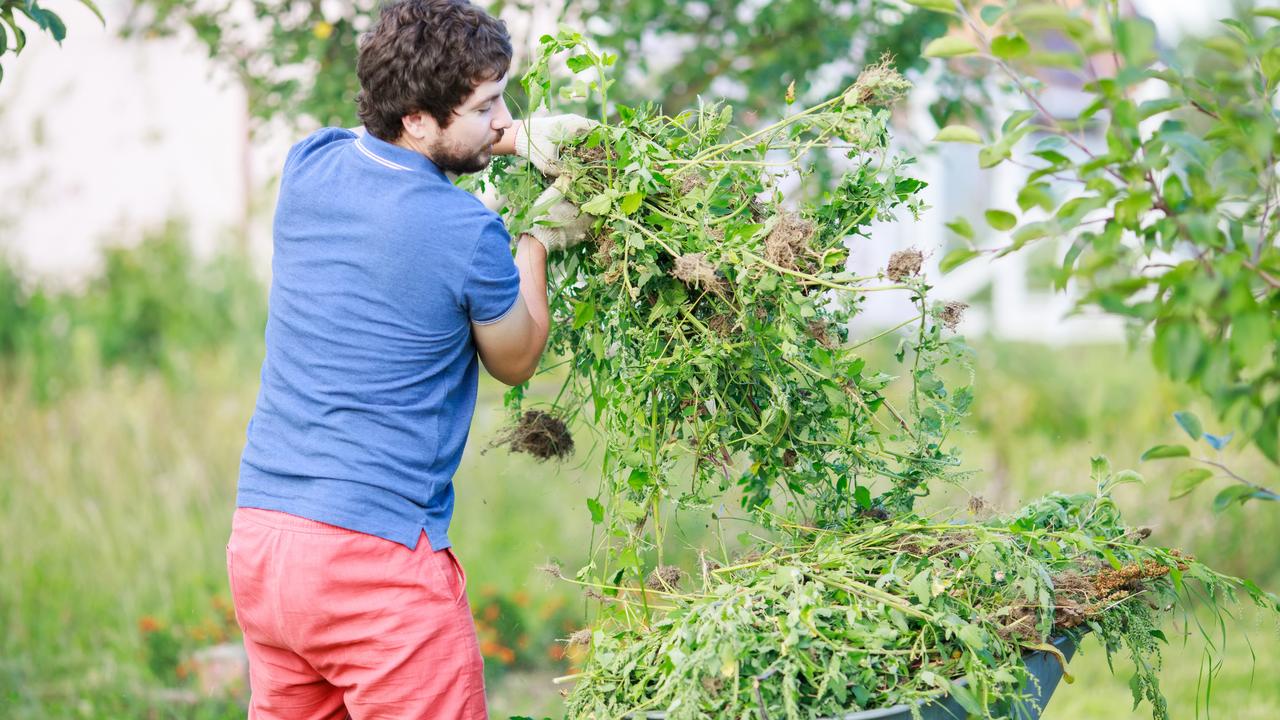
Ongoing maintenance
When my clients say they want a “low maintenance garden”, they mean “no maintenance ” – which is impossible. But maintenance is simple. Break it down into three categories: fertilise, mulch and water.
Fertilise your plants quarterly using a slow-release product. These will be available at your local nursery or hardware store.
I also use a liquid fertiliser like Charlie Carp in between quarters to give plants a boost. Plug the hose on the pre-packaged product and wet the foliage – simple.
Mulching is one of the most underrated elements of any good garden. Mulch helps keep your plants’ roots warm in winter, cool and moist in summer, it breaks down and provides nutrients to the soil and plants and even prevents weeds. Yep, mulch is amazing. Choose a good quality mulch that breaks down over time. Avoid larger chunks that don’t break down and really are not good for anything. Your local landscape yard will happily provide advice on what to choose. My go-to mulch is Tea Tree Fine.
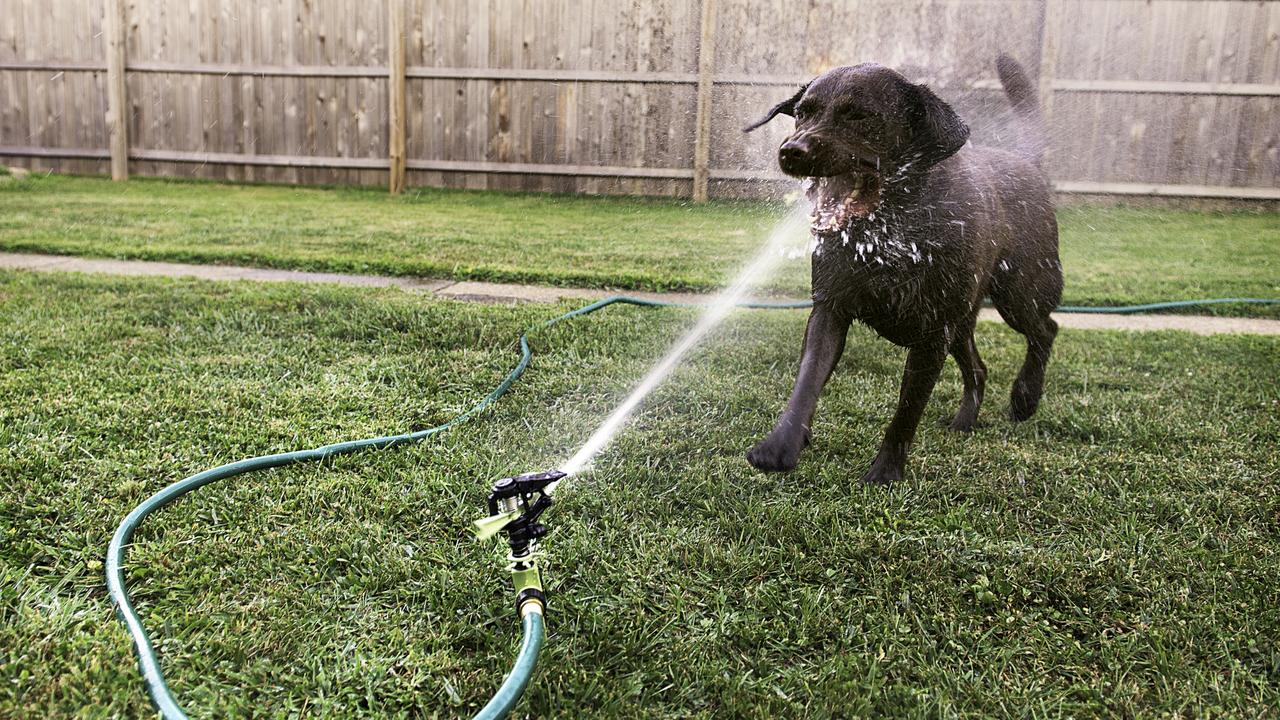
Don’t forget the water. Water is life and your plants need it. Each plant has an individual requirement so try and plant species with similar requirements together – something to consider in the planning phase. With each season, watering requirements change. There is a sprinkler or hose attachment for just about every situation. Visit your local hardware to ask them about the right selection for you. If you are super-efficient, the planning stage will encompass an automatic irrigation system. Increasing the initial cost at installation, these systems are water efficient and can be tailored to your environment. They also save time and give you one less thing to do.
More Coverage
There are so many things that can trigger the midlife meltdown – let’s not have the garden be one of them.
*Don’t miss Part 2 in At Home’s Retirement Living issue Saturday March 11
**Selling Houses Australia returns from March 22 at 8.30pm on FOXTEL





